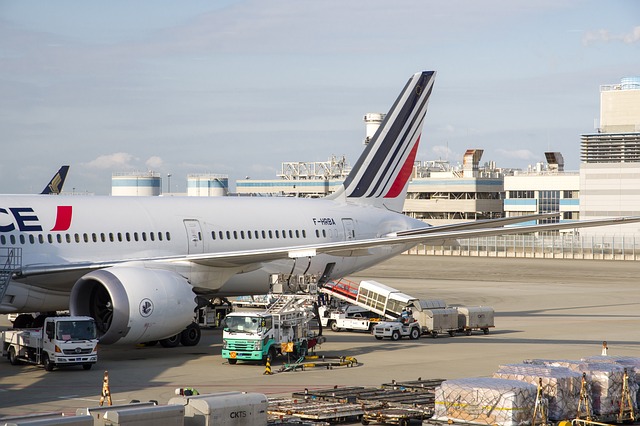Air freight is the quickest, well serviced, and most reliable shipping method for valuable cargo over other transportation modes. Regardless of the high cost, air freight is most preferred for high-value shipping and critical shipments, despite its challenges. The difficulties may include restricted action time, cargo restrictions, regular rate changes, and the potential for heavy demurrage and detention costs, even for the slightest mishaps. Familiarizing yourself with the common air freight challenges makes it easier to find possible solutions. Here are five tips for enhancing the shipping of high-value cargo with air freight.
1. Leverage unit load devices (ULDs)
An aircraft ULD is a device for organizing and restraining cargo, baggage, and mail in air transportation. It can be an air cargo container or a mixture of an aircraft pallet net and an aircraft pallet. Leveraging aircraft ULDs allows consignment unitization and grouping at the cargo warehouse, eliminating manual unloading and loading of the aircraft. It also effectively safeguards the loaded content from damage and loss.
The ULD contours’ design optimizes aircraft contours usage. ULDs usage facilitates easy and quick ULD and loaded content transfer from one transport mode or aircraft to another. They facilitate the shipping of high-value cargo by air.
2. Prepare comprehensive documentation
When using air freight services, high-value cargo passes through several mediums and may be handled by various parties, including surface transport, customs clearing agents, and airlines. Your shipment is exposed to different risks as it moves through these mediums. Should any damage, pilferage, or other unpleasant situations arise, incomplete documentation and unclear accountability may compromise your chances of claiming compensation.
Logistic managers should ensure that your high-value cargo has comprehensive documentation defining associated risk and accountability issues. Ensure it’s signed before the consignment is handed over for shipping.
3. Consider a direct flight to avert damages
Prolonged air freight routes with many destinations have numerous trans-shipment points and extended transit times. While airlines may offer the most affordable prices for these routes as opposed to conventional direct flights, the cost difference shouldn’t tempt you. Note that multiple cargo handling raises the possibility of damage during the numerous offloading and loading processes while your goods are in transit.
Prioritize safety and avoid sending your valuable cargo on routes with many connections. If your flight path has direct flights available, choose them because you’ll be assured of minimized threats and improved security due to reduced handling.
4. Work with an air freight forwarder
A freight forwarder plays a crucial part in the supply chain. They can negotiate freight costs and plan exports and imports on your behalf. Freight forwarders collaborate with shipping companies to ensure your cargo’s safe and efficient transportation to its final destination.
Working with a freight forwarder guarantees timely and accurate documentation, including a customs packing list, commercial invoice, bill of lading, country of origin certificate, and more. It also ensures cost savings, better security, and improved shipment efficiency and speed.
5. Insure your high-value cargo
Anticipating damages and finding ways to evade them might not be possible for your logistics manager. Insuring your air freight shipment against damage, loss, and other eventualities is an excellent way to protect your cargo. Examine the associated risk to find suitable coverage.
Endnote
Air freight shipping is fast and reliable. However, it has some challenges. Consider using these tips to enhance the shipping of high-value cargo with air freight.
